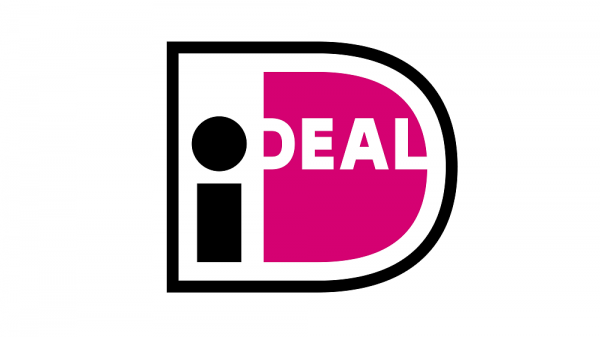On Saturday, 26 October 2019, Willem Vogelsang wrote:

The cloth is in fact an advertisement for the Leidsche Katoenmaatschappij and what it could produce. It tells the world that the firm could print cloths in various sizes, in various colours, to celebrate the 25-year jubilee of Queen Wilhelmina (r. 1898-1948) as the reigning monarch of The Netherlands.
The Leidse Katoenmaatschappij was based in Leiden, and its factories and offices were located between the Herengracht and the Zijlsingel. Actually, not far, some ten minutes' walk, from the present premises of the TRC. The company originated in Lier, Belgium, where it had started operations in 1756 under the name of De Heyer en Co. The firm moved to Leiden in 1835 and some ten years later was acquired by Louis Driessen, who rapidly expanded the company and who later passed the company on to his sons.
The company was particularly famous for its use of 'modern' dyes and dyeing techniques. One of the sons, Felix Driessen, spent some time in Mülhausen to learn about the use of artificial dyes. In the years that followed he also travelled to the Dutch East Indies and America (for more information on the Driessen family, see the pertinent report in Erfgoed Leiden en Omstreken).
At the end of the 19th century it was the largest textile firm in Leiden, and it employed some one thousand people. In later years, and especially with the First World War, which stopped the import of cotton from America and yarns from the UK, the company lost its position and by the early 1930s production was stopped, and in 1936 the company was liquidated and soon after the buildings were pulled down.
The text on top of the cloth tells: Wij brengen in dit Jubileumjaar het portret van H.M. de Koningin in den handel gedrukt op Vaandeltjes van 69-82 c.m. (In this jubilee-year we are producing a portrait of H.M. the Queen, printed on pennants of 69-82 cm). A copy of such a portrait produced by the Leidsche Katoenmaatschappij is housed in the Lakenhal Museum, Leiden.
The text at the bottom of the cloth reads: Oranje grond met zwart omlijst, die wij voor feesten in uwe speciale aandacht aanbevelen. Ook brengen wij in herinnering ons nationaal doek in één, twee, drie en viervlags 70 c.m., 110 c.m., terwijl wij steeds ruim voorzien zijn van Rood, wit, blauw en oranje Uni katoen. (Orange-coloured ground with black frame, which we recommend for your festivities. We also remind you of our national flag in groups of one, two, three and four, of 70 and 110 cm, and we are always well stocked with red, white, blue and orange plain coloured cotton).
The two illustrations are surrounded by four texts: Opgericht te Lier 1756. Verplaatst naar Leiden 1835. De Leidsche Katoenmaatschappij. Voorheen De Heijder & Co. (Established at Lier, 1756; Relocated to Leiden, 1835; The Leiden Katoenmaatschappij. Formerly De Heijder & Co).
The illustration to the left shows, behind a raised curtain, Minerva working at a loom. In the foreground are five children with a vat filled with a dyeing or starching liquid, with printed stretches of cloth, and a tray with thread shuttles. The accompanying tekst says: Dat Konst-Fabrieken weer in vollen luister staan, En dus met Neering en Hanteering t’zamen gaan. (May workshops again be flourishing, and in that way go with trade and manufacturing).
The illustration to the right shows a printing workshop for paper and cotton. A man uses a hammer and a printing block to place designs on the cotton cloth. There is also a man working on a printing press. Stretches of cotton are drying on racks from the ceiling. The text says: D’Een drukt Papier, en d’aâr Catoen, En beiden is ’t om poen te doen. (One prints paper, the other cotton. Both do it for the money). The text at the bottom right also tells us where the copper engravings originated, namely in the Historische en Geografische Konst en Reisalmanak of 1753.
Both illustrations and accompanying texts are also found on another advertisement of the same firm, dated 1918, now housed in Museum De Lakenhal, Leiden (acc. no. 1703). Another, older cloth with a similar design is housed in the museum under acc. no. 9062.










